Six reasons your plant might be wilting
If your plant is looking limp and floppy, it’s telling you it’s not feeling happy. Here are six likely causes and how to fix them.
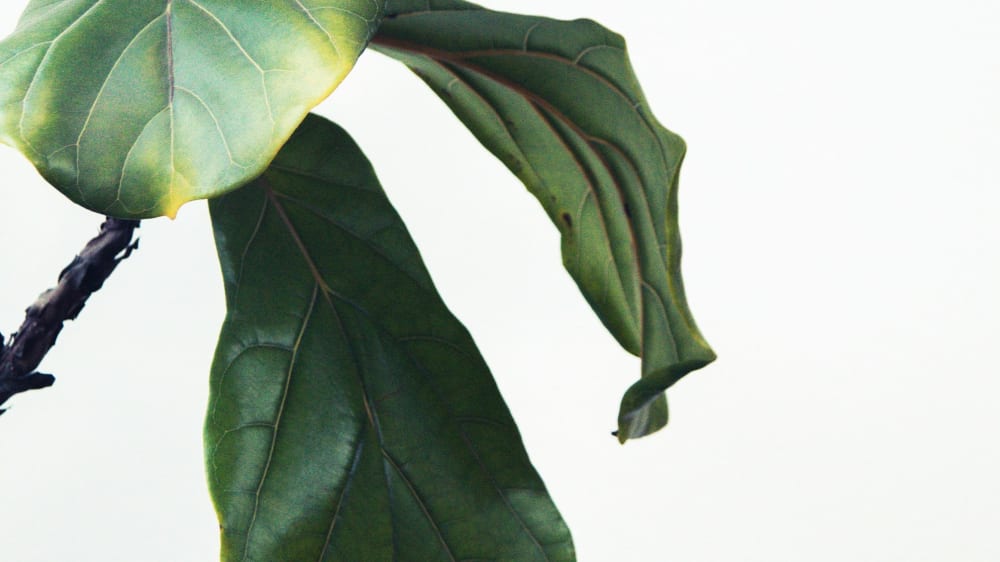
Nobody likes to see their houseplant looking wilted and sad. There are several reasons why this might be happening, most of which are easy to fix.
So if you’ve got a droopy indoor plant let’s work out what’s wrong with it and how to perk it back up.
1. Overwatering
If your plant’s leaves are looking wilted and yellow, the problem is likely overwatering. Overwatered leaves will have a very soft, floppy look, because they’re waterlogged.
Solution: First, check the soil. If it’s really wet, then overwatering is likely. Just leave your plant to dry out. In future, only water it when the top two inches of soil feel dry.
2. Underwatering
Yes, too little water can also be to blame. If underwatering is the problem then leaves will look drier and probably won’t be yellow.
Solution: Again, feel the soil. If it’s bone dry, you should increase the frequency of watering, but still stick to the same trick above: only water with a watering can when the top two inches of soil feel dry.
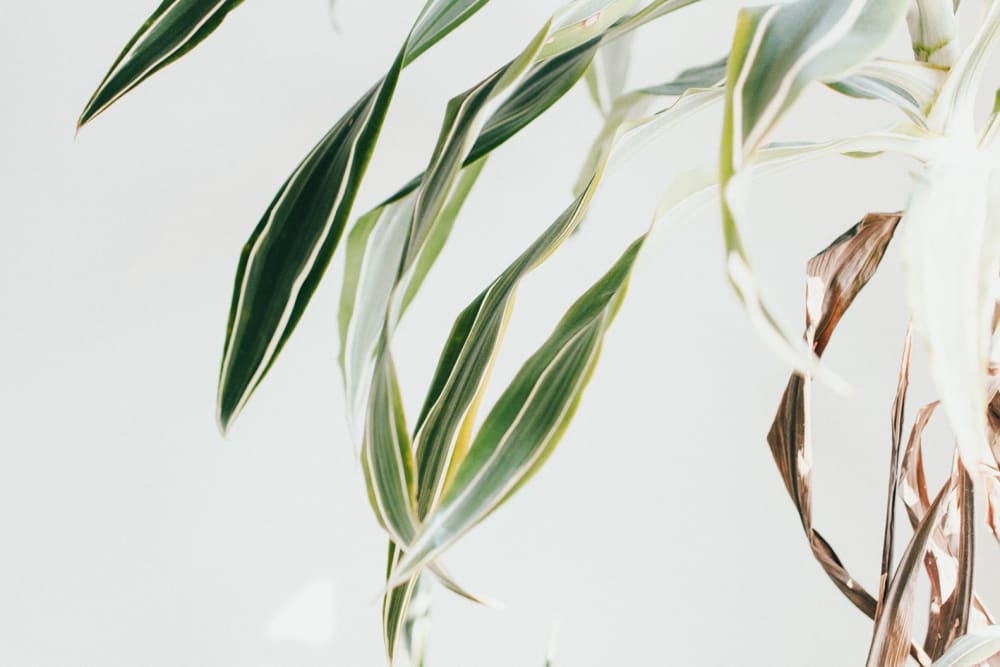
You might also love
3. Lack of light
If your plant is not getting enough sun it will wilt because it can’t absorb enough light to feed itself.
Solution: Try moving the plant somewhere a little brighter. Be gentle, so just shift it a little closer to a window. Don’t go straight from deep shade to a sunny window. That will stress your plant out.
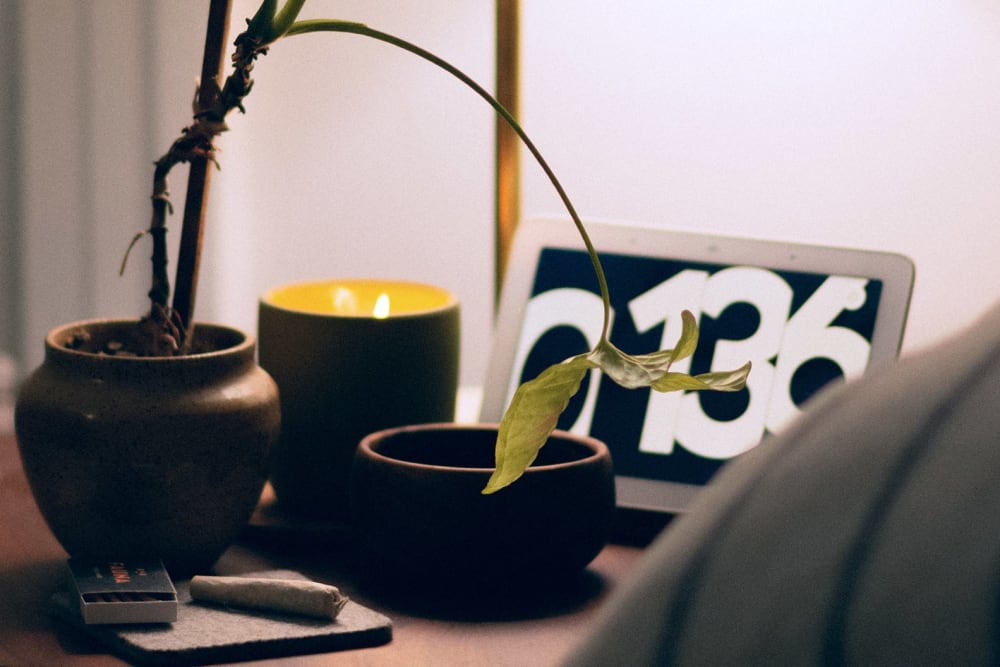
4. Ageing growth
Wilting isn’t always a sign your plant is unhappy, if you’re seeing a few wilted leaves near the bottom of the plant it probably just means they’ve completed their lifecycle.
Solution: There’s nothing to worry about here. You can snip off the odd wilted leaf or flower with clean secateurs. This will encourage your plant to put its energy into new growth.
5. It's outgrown its pot
Has your plant been in its current pot for a few years? If so, the pot may no longer be big enough for its root system. A too-small pot makes it hard for your plant to absorb nutrients properly, which can cause wilting.
Solution: Re-potting is best done between March and September, when your plant is in a growing phase. Our fabric nursery pouches are better for your plant's root systems and our specially-formulated composts will be just right for your plant. Check our guide to repotting for full instructions.
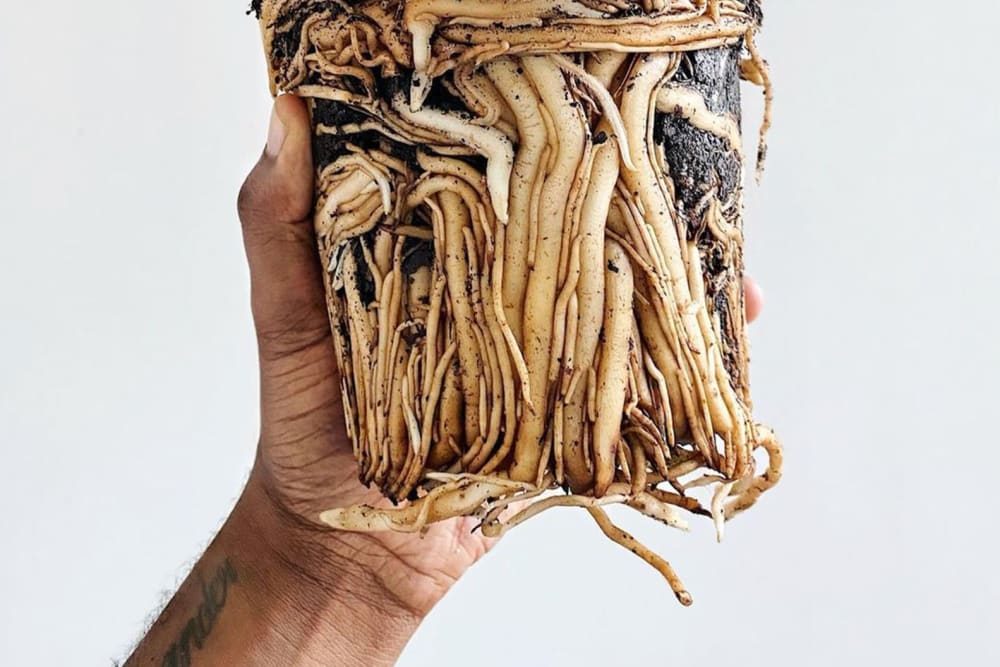
@dorringtonr
6. Temperature
A plant that’s too hot may wilt from drying out too quickly. A plant that’s too cold may wilt from stress.
Solution: Keep your plants somewhere with a warm, even temperature. This isn’t as complex as it sounds. Basically, if a room is a comfortable temperature for you it will be comfortable for your plant.
With any of these solutions, give your plant a week or so to show improvement. If you’re still having problems, drop our plant doctors a line.
Never kill another plant
Plant tips. Special offers. No spam.
You might like
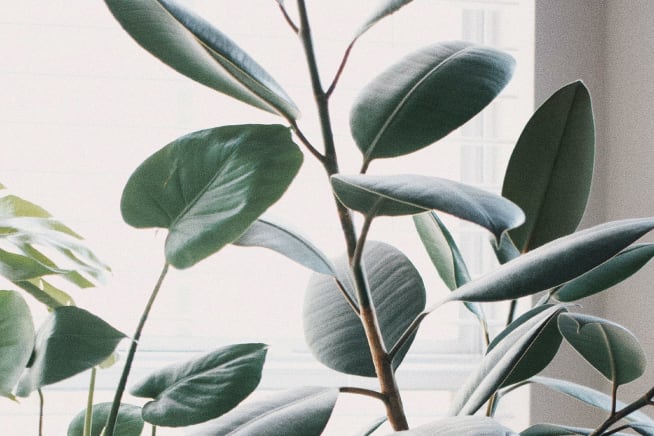
Complete guide to indoor light
Find the right plants for your home

Complete guide to watering
How to avoid over or underwatering
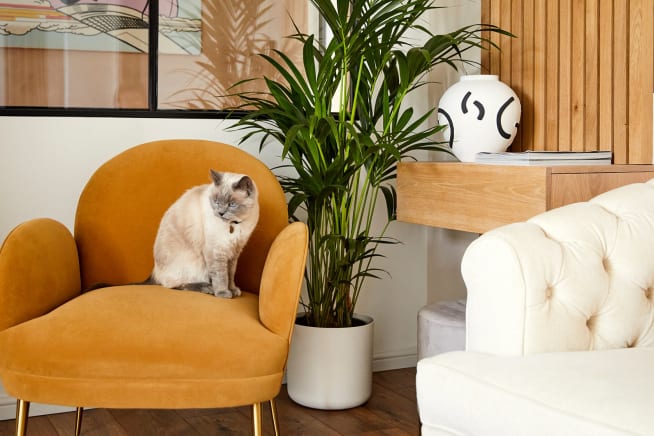
How to make your plants cat-friendly
Help your furry friend and plant pals get along